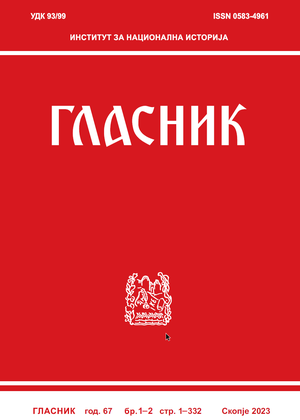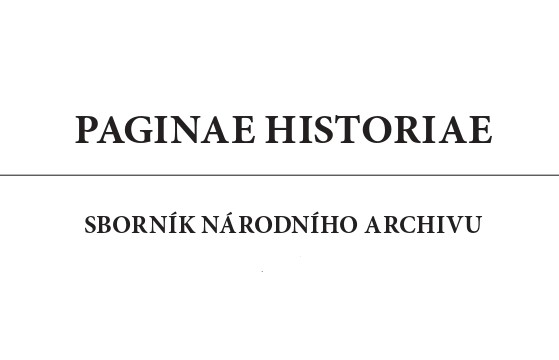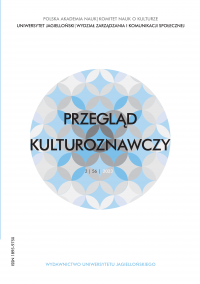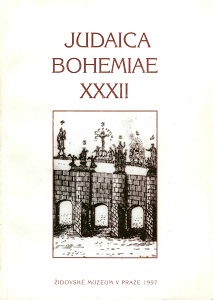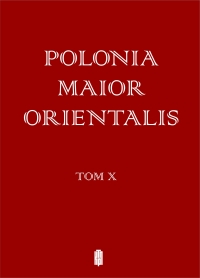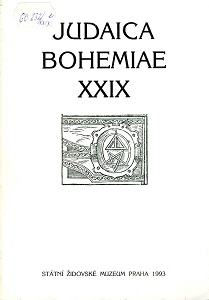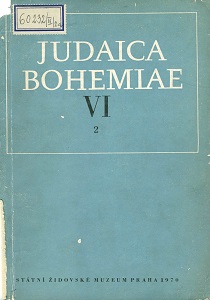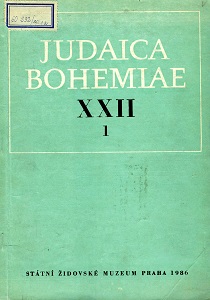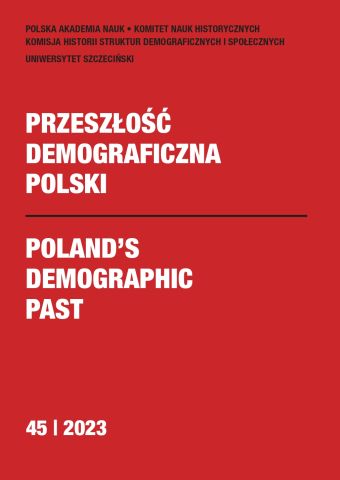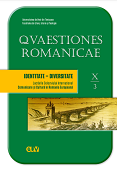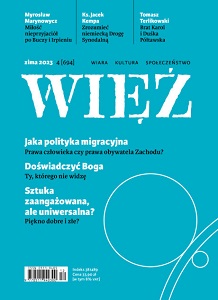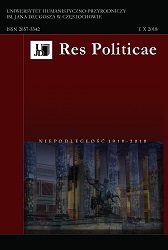
Struktura narodowościowa społeczeństwa II Rzeczypospolitej w pierwszych latach niepodległego bytu państwowego
The nationality issues, due to their vastness and multifacetedness, are not precisely systematically conceptually and thematically. The resulting interpretive diversity still raises a lot of controversy and generates most of the dilemmas oscillating around the concept and definition of the nation. These terms also correspond to the concepts of national and ethnic minority as well as nationalities. The basic contents of the sketch, on the other hand, concern the formation of the Polish society in the first years after regaining independence in November 1918. A reflection of this state of affairs was the making of censuses in 1921 and 1931, which characterized the national and religious relations of the Republic of Poland at the turn of the 1920s and 1930s.
More...
